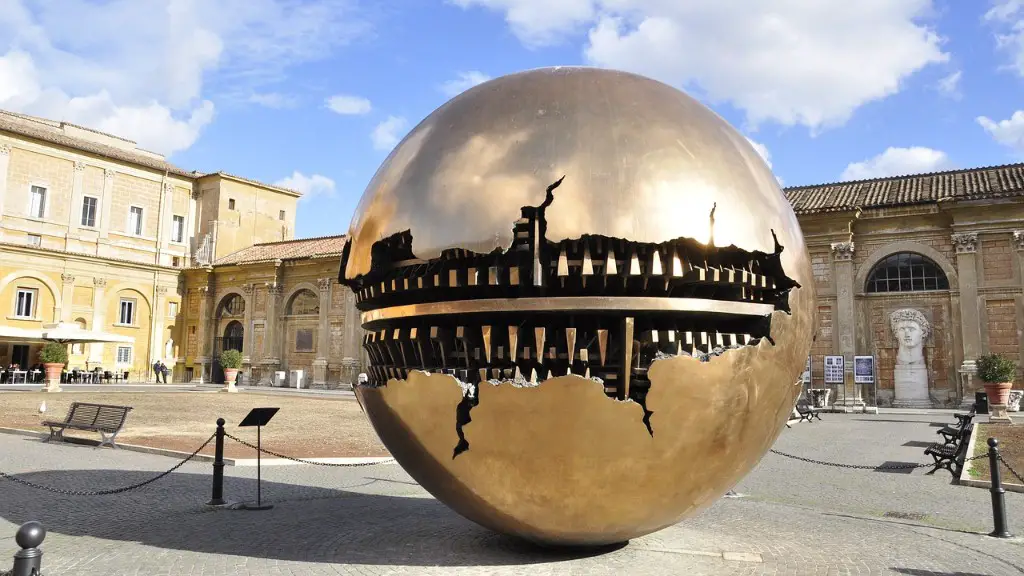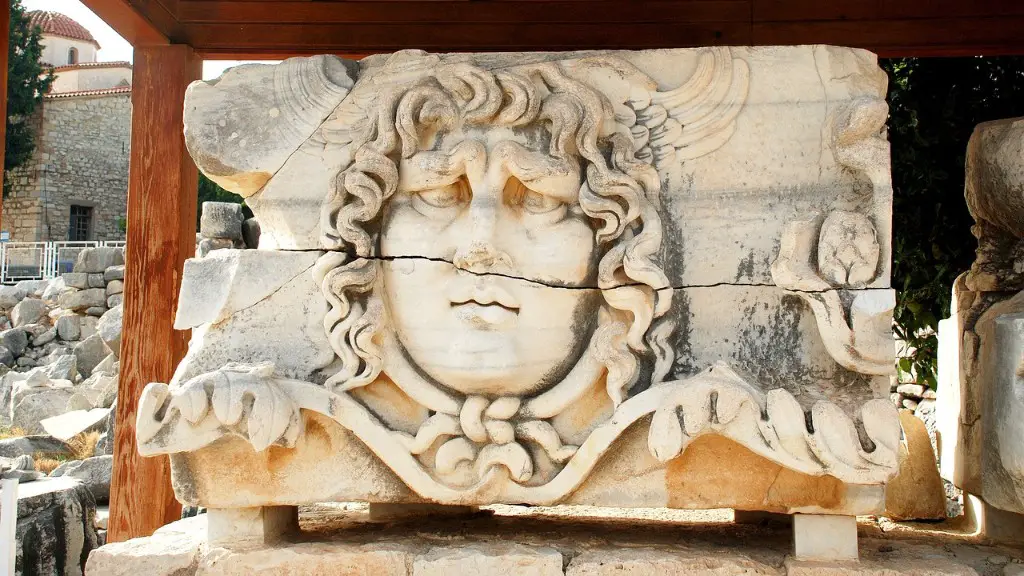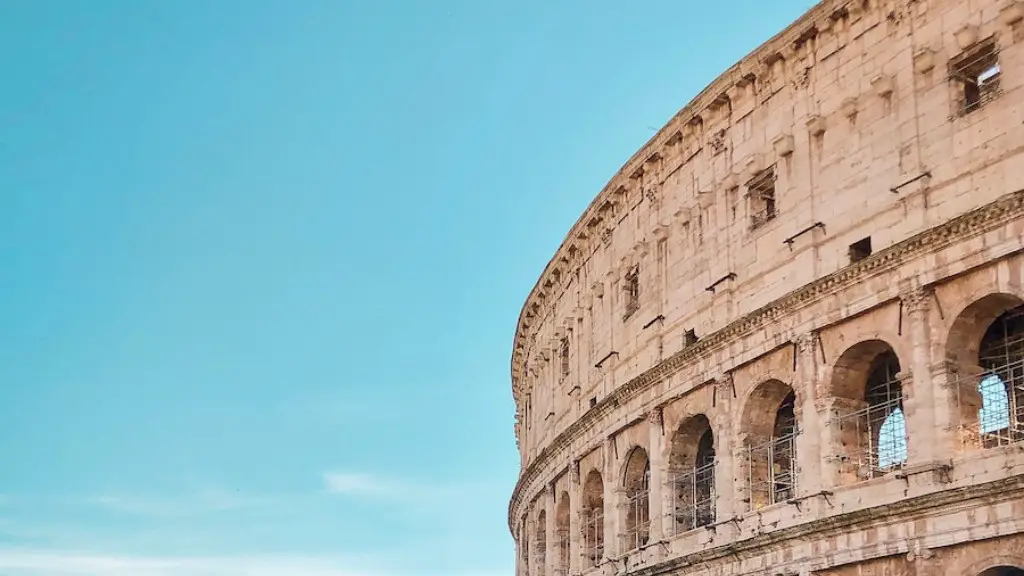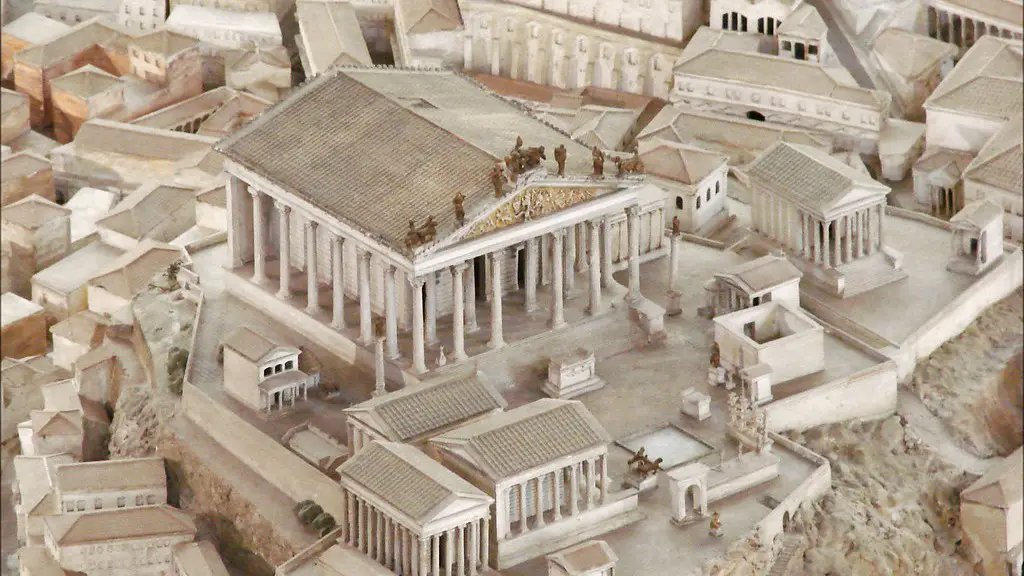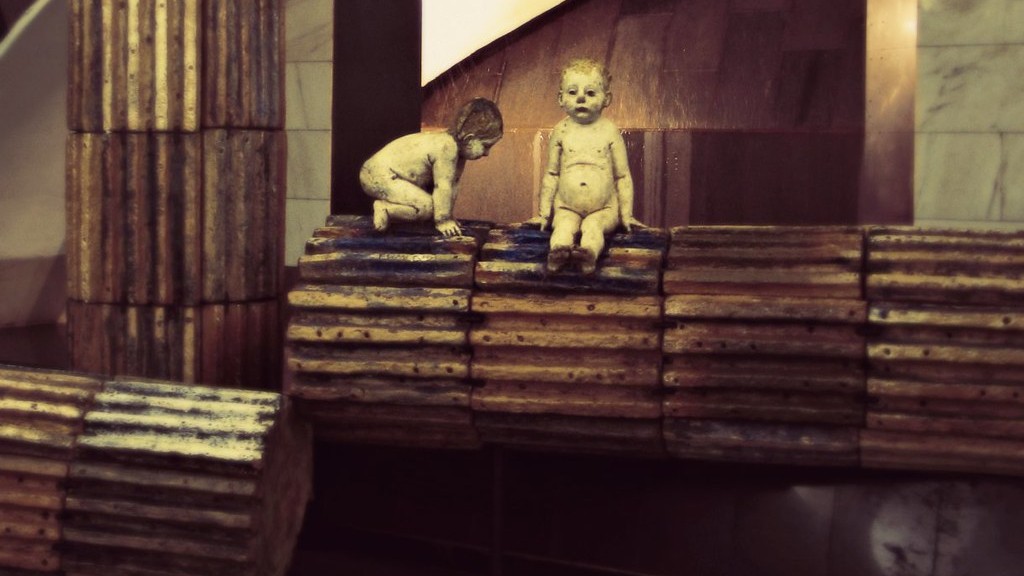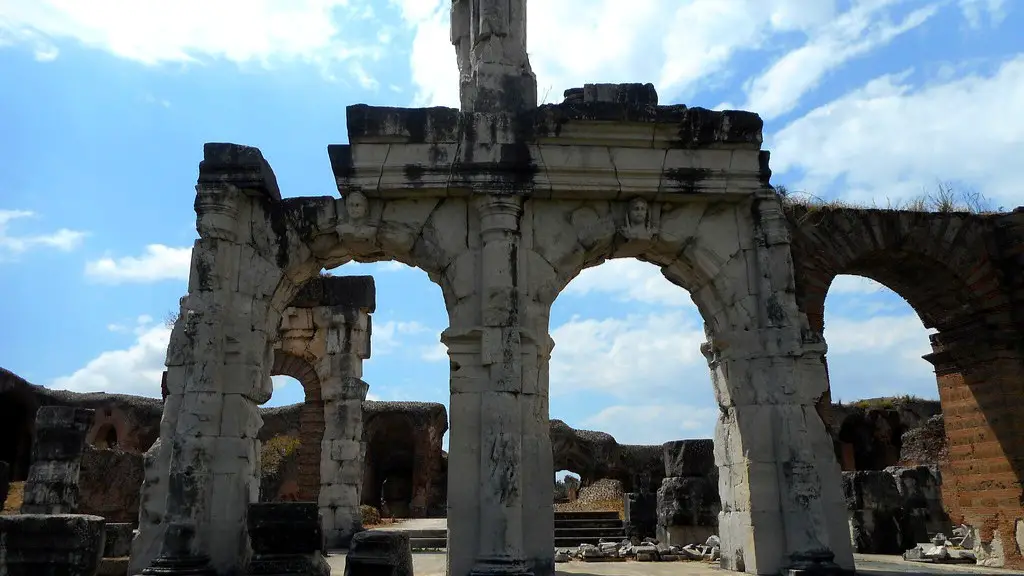Looking back at the fall of the Roman Empire, it’s easy to point to external factors like invasions and economic decline. But could the size and grandeur of Rome also have played a role in its undoing? New research suggests that, as the empire expanded and became more urbanized, its environmental impact began to take a toll, weakening the economy and contributing to social unrest.
As Rome’s population grew and its territory expanded, so did its demand for resources. Forests were cleared for farmland and wood to fuel industry and domestic fires. This had a profound impact on local climates, as trees play an important role in regulating the water cycle. With fewer trees to absorb rainfall, floods became more common, washing away crops and ruining infrastructure.
Dust and soot from iron and lead smelting blanketed the city, making breathing difficult and exacerbating health problems. And as herds of livestock were brought in to meet the demands of the growing population, manure accumulated, contributing to water pollution.
These environmental changes put strain on the economy and contribute to social unrest, which were both major factors in the decline of the Roman Empire. So while Rome’s fall may have been due to a number of factors, it
The Romans were one of the most influential civilizations of all time. They left behind a rich legacy, which includes some of the most impressive engineering feats in history. However, the Romans also had a significant impact on the environment, which can still be seen in many areas of the world today.
The Roman Empire was one of the largest empires of all time. At its peak, it spanned from Britain to North Africa, and from Spain to the Middle East. This impressive geographical reach meant that the Romans had a huge impact on the environment, both positive and negative.
On the positive side, the Romans were responsible for introducing new crops and irrigation systems to many parts of the world. This had a significant impact on the local ecology, as it allowed for more food to be produced. The Romans also built many roads and bridges, which helped to connect remote areas and encourage trade and travel.
On the negative side, the Romans were responsible for a great deal of deforestation. This was done to clear land for farming and to build roads and other infrastructure. The Romans also mined a great deal of iron and other minerals, which had a significant impact on the local environment.
Overall, the Romans had a significant impact on the environment of the ancient world
How do people affect the environment in Rome?
Roman economic activity had a profound impact on the environment. The exploitation of forests, hunting and fishing, mining and metallurgy, pastoralism and agriculture, meant the transformation of major segments of the landscape. This had a knock-on effect on the climate, water resources and biodiversity. In some cases, such as the deforestation of North Africa, the environmental impacts were so severe that they contributed to the decline of the Roman Empire.
The Roman Empire was one of the most powerful empires in the world for centuries. However, the empire finally fell due to environmental problems that had been accumulating for many years. Deforestation, soil erosion, salinization of cropland, water and air pollution, and crowded, unhealthy cities all took their toll on the empire and led to its eventual downfall.
What were the environmental reasons for the fall of Rome
There is no one answer to this question. Solar variability and volcanic eruptions may have contributed to the fall of Rome, but it is also possible that the fall was due to internal factors such as political instability. The climate is a complex system, and it is difficult to say definitively what caused the fall of Rome.
Ancient Rome was located on the Mediterranean Sea and had warm summers and mild winters. This type of climate is referred to as a Mediterranean climate. The Mediterranean climate is characterized by warm, dry summers and mild, wet winters. This climate is ideal for growing crops such as olives and grapes.
How do humans affect the environment in Italy?
Italy is facing a number of environmental issues, including air pollution, water pollution, and acid rain. The country has also been struggling to properly dispose of industrial waste, which has led to environmental contamination. In recent years, the Italian government has been working to address these issues, but more needs to be done in order to protect the environment and the health of the Italian people.
The amount of municipal waste generated in Italy has been increasing at a faster rate than the country’s GDP, which has led to some serious environmental issues. The water infrastructure is ageing and many groundwater aquifers are polluted and over-used, and some 15 000 dump-sites (many of them illegal) are contaminating land. These issues need to be addressed urgently in order to protect the environment and ensure the sustainability of the country’s resources.
What was the biggest threat to ancient Rome?
The fall of the Western Roman Empire has been attributed to a number of factors, but one of the most significant was the invasion by barbarian tribes. For centuries, Rome had been in conflict with Germanic tribes, but by the 300s, these tribes had encroached on Roman territory. The most famous of these barbarian groups was the Goths, who sacked Rome in 410. This event marked the beginning of the end for the Western Roman Empire, as other barbarian groups followed suit. Ultimately, the Empire was unable to defend itself against these invasions, leading to its demise.
A combination of severe inflation, barbarian invasions, debasement of the currency, civil wars, and destruction of farms, crops and cities all forced administrators to get more taxes from people. This, in turn, led to even more economic hardship and political instability, which only exacerbated the situation. In the end, the only way to raise the necessary funds was to resort to increasingly oppressive measures, which only made the problem worse.
What three main threats did the Roman Empire faced
The Roman Empire was one of the most powerful empires in the world for centuries. But by the 3rd century AD, the empire was in trouble. It was beset by civil wars, barbarian invasions, and economic problems. These problems eventually led to the fall of the Roman Empire.
Political instability was a major factor in the fall of Rome. There was a lack of strong leadership and a series of weak emperors. This made it difficult for the Roman Empire to ward off invasions and maintain control.
Economic and social problems also contributed to the fall of Rome. There was a growing divide between the rich and the poor. The economy was also in decline, making it difficult for the government to function properly.
Finally, a weakening of the frontier or border also played a role in the fall of Rome. The empire was not able to keep out barbarian invaders, leading to the fall of the empire.
What natural environmental factors allowed the Roman Empire to grow?
The Po and Tiber River Valleys have consistently been some of the most agriculturally productive areas in all of Europe. The mild Mediterranean climate and rich soils have allowed for a wide variety of crops to be grown, including olives and grains. This has resulted in a food surplus for the Roman Empire, which has in turn been used to feed its large population and to trade with other societies. The resulting wealth has also allowed the Empire to expand its military strength.
A new study has found that a prolonged period of wet weather spurred the spread of the bubonic plague in medieval times. The study also found that a 300-year spell of unpredictable weather coincided with the decline of the Roman Empire.
Is Rome environmentally friendly
If you’re looking for a green break in Rome, there are plenty of options to choose from! You can find small B&Bs, famous historical hotels, glamping options for all seasons, and agritourisms immersed in nature. All of these options share a commitment to zero waste. So you can enjoy your vacation without worrying about your impact on the environment.
There’s no bad time to visit Rome! The city has a Mediterranean climate, with cool winters and generally hot summers. So no matter when you go, you’re sure to have a great time.
Did the Romans cause climate change?
It is interesting to note that the Roman Empire had a significant impact on the climate in Europe due to the large number of fires that were lit. This finding adds to the evidence that human societies have been affecting Earth’s climate for thousands of years. It is important to be aware of the impact that our actions can have on the environment and to take steps to reduce our impact.
Humans are impacting the physical environment in many ways. Overpopulation, pollution, burning fossil fuels, and deforestation are just some of the ways we are changing the environment. These changes have led to climate change, soil erosion, poor air quality, and undrinkable water. We need to do something to reverse these trends before it’s too late.
How does human affect the environment
The impacts of human activity on land and water can have profound effects on ecosystems. Climate change, ocean acidification, permafrost melting, habitat loss, eutrophication, stormwater runoff, air pollution, contaminants, and invasive species are just some of the many problems facing ecosystems today. These problems can lead to drastic changes in the way ecosystems function, often adversely affecting the plants and animals that call these ecosystems home. In some cases, human activity can even cause ecosystems to collapse completely. It is therefore essential that we learn to live in harmony with our natural surroundings, taking care not to cause too much damage to the delicate balance that exists in our world.
The ancient Romans were masters of engineering and construction. They built aqueducts that carried clean water hundreds of miles to population centers where it was distributed to the homes and businesses of those who could afford it. The aqueducts were an amazing feat of engineering and provided a much needed service to the people of Rome.
Conclusion
The ancient Romans had a profound impact on the environment. They were responsible for the construction of roads, cities, and farms that have altered the landscape. The way they managed their resources has also had an impact on the environment. Ancient Rome was not as environmentally sustainable as it could have been.
The ancient Romans were one of the most influential cultures of their time. They had a great impact on the environment of their time. They were known for their engineering and architecture. They constructed many of the buildings and roads that are still standing today. They also created many of the aqueducts and sewers that are still in use today. The ancient Romans had a significant impact on the environment of their time.
